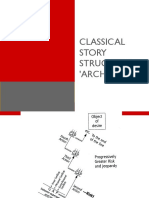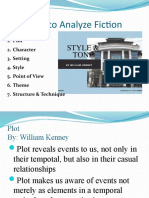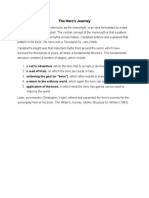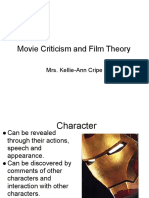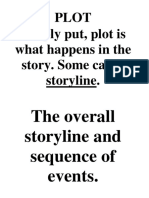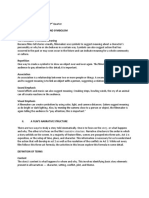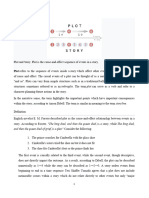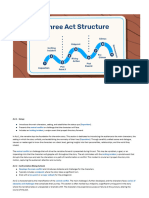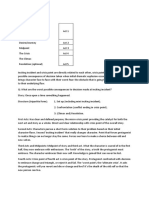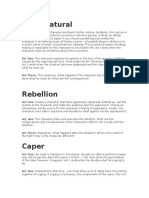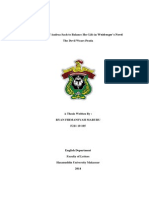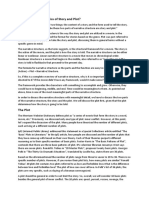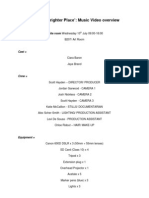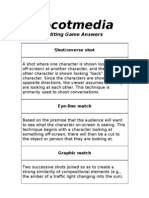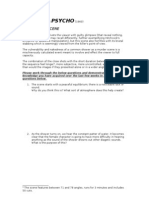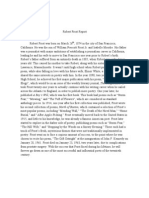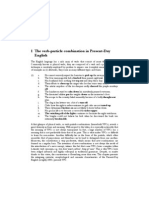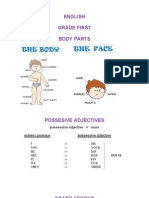SYD FIELD THREE ACT PLOT STRUCTURE
Syd Fields theory can be used as a set template for potential film-makers, his ideas can be summarised as follows: The typical Hollywood film, according to Field can be separated into three separate dramatic sections or acts: the setup, the confrontation and finally resolution. To move the action on from one act to another there are what he calls plot points particularly important pieces of the plot, which turn around the lives of the characters, change their relationships with others and alter the tone of the film. Of course, films often have a number of plot points such as these, but Field points to two major ones between the acts and a less important one at the middle of the film 1. ACT ONE Setup (of the location and characters) The first act is used to establish the main characters, their relationships and the normal world they live in. Earlier in the first act, a dynamic, on screen incident occurs that confronts the main character (the protagonist), whose attempts to deal with this incident leads to a second and more dramatic situation, known as the first turning point, which (a) signals the end of the first act, (b) ensures life will never be the same again for the protagonist and (c) raises a dramatic question that will be answered in the climax of the film. The dramatic question should be framed in terms of the protagonist's call to action, (Will X recover the diamond?, Will Y get the girl? Will Z capture the killer?) 2. ACT TWO Confrontation (with an obstacle) Also referred to as "rising action", typically depicts the protagonist's attempt to resolve the problem initiated by the first turning point, only to find themselves in increasingly difficult situations. Part of the reason the protagonist seems unable to resolve their problems is because they do not yet have the skills to deal with the forces of antagonism1 that confront them. They must not only learn new skills but arrive at a higher sense of awareness of who they are and what they are capable of, in order to deal with their predicament. This cannot be achieved alone and they are usually aided and abetted by mentors and co-protagonists. 3. ACT THREE Resolution (culminating in a climax and a denouement2) This act features the resolution of the story and its subplots. The climax also known as the second turning point, is the scene or sequence in which the main tensions of the story are brought to their most intense point and the dramatic question answered, leaving the protagonist and other characters with a new sense of who they really are. An example: Speed (1996) ACT ONE: Keanu Reeves working/ socialising as a policeman/ we learn he is brave and likeable. An action sequence prepares us for the style of what follows and introduces the villain who will return at plot point one where Reeves peaceful world is destroyed as he learns about a bomb on a bus that he has to deal with. ACT TWO: We follow Reeves at first hopeless attempts to save people on the bus. A love interest (Sandra Bullock) is introduced. He realises the workings of the camera on the bus which allows him to trick the villain and get the people off safely. The bus then explodes providing a plot point.
Antagonism/ Antagonist is a principle, force or factor that is an active resistance, opposition, or contentiousness the bad guy 2 Denouement consists of a series of events that follow the climax of a drama or narrative, and thus serves as the conclusion of the story. Conflicts are resolved, creating normality for the characters and a sense of catharsis, or release of tension and anxiety, for the reader.
�ACT THREE: The final confrontation. Reeves goes face to face with the villain on his own territory and also discovers that he has kidnapped the love interest making a final battle inevitable.
THE PROBLEMATIC - FATAL ATTRACTION
Using Syd Fields theory, here is the structure of Fatal Attraction: ACT ONE Dan in his normal life and shows him risking it all by sleeping with Alex ACT TWO Growing tension as Alex tries to stay in his life ACT THREE Dan fights Alex and defeats her The plot points that move the film from one act to another are: 1. Alex slashes her wrists (showing that this is no harmless fling, as he hoped, but is something dangerous) 2. The bunny boiler scene (moving Dan to realise that Alex has to be stopped and forces him to take action) The film follows the course of Dan trying to resolve this problem and returning to some sort of normality. This is Todorovs approach to narrative (equilibrium), or what John Ellis (in his book Visible Fictions) calls the theory of the problematic. The problematic is another all-embracing theory which can be applied to any film. THE THEORY Film, unlike TV, has a very limited time to tell a story so the producers therefore need to narrow down their plot to one individual story: a problem which the film sets up close to the start which will be resolved by the end If you ever get asked what a film is about you will almost certainly describe the problematic e.g. its about a shark terrorising a seaside resort a bully at a high school who forces her friends/ gang to become addicted to heroin and then work for her two cops trying to catch a serial killer who murders according to the seven deadly sins Sharks, drug dealers and serial killers are problems that have to be solved. For there to be a problem we have to have a sense of what life was like before the problem so films will often start with a calm equilibrium. At the start of Jaws we see a group of fun-loving teenagers playing on the beach, before the problematic comes along looking for a bite to eat. ACTIVITY In groups of 2/3 create a 15 second (minimum) short stop-motion animation that demonstrates an understanding of at least one of the theories we have learnt so far: Todorovs Equilibrium Levi-Strauss Binary Oppositions Fields Three Act Plot Structure REMEMBER KEEP IT VERY SIMPLE

